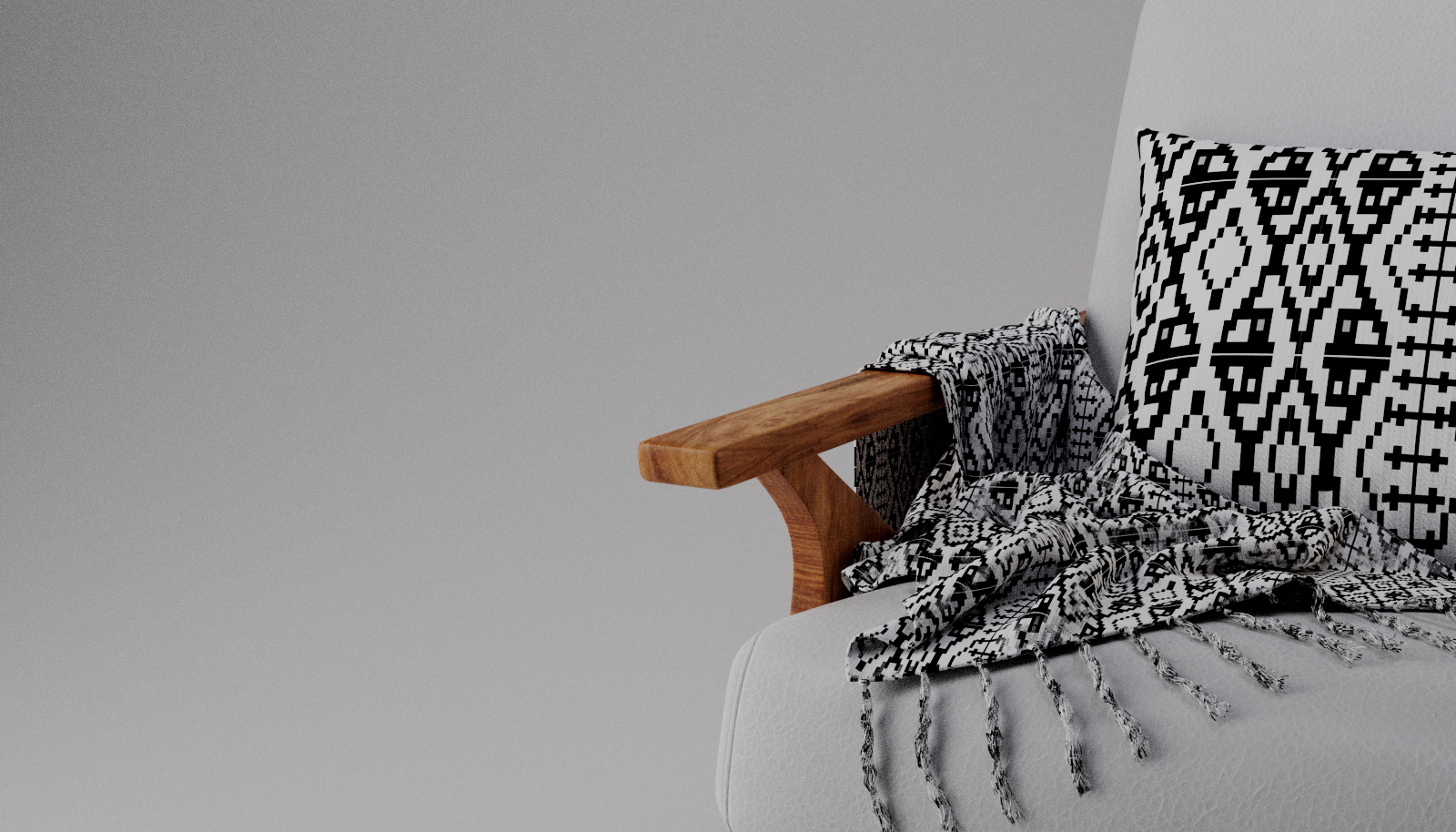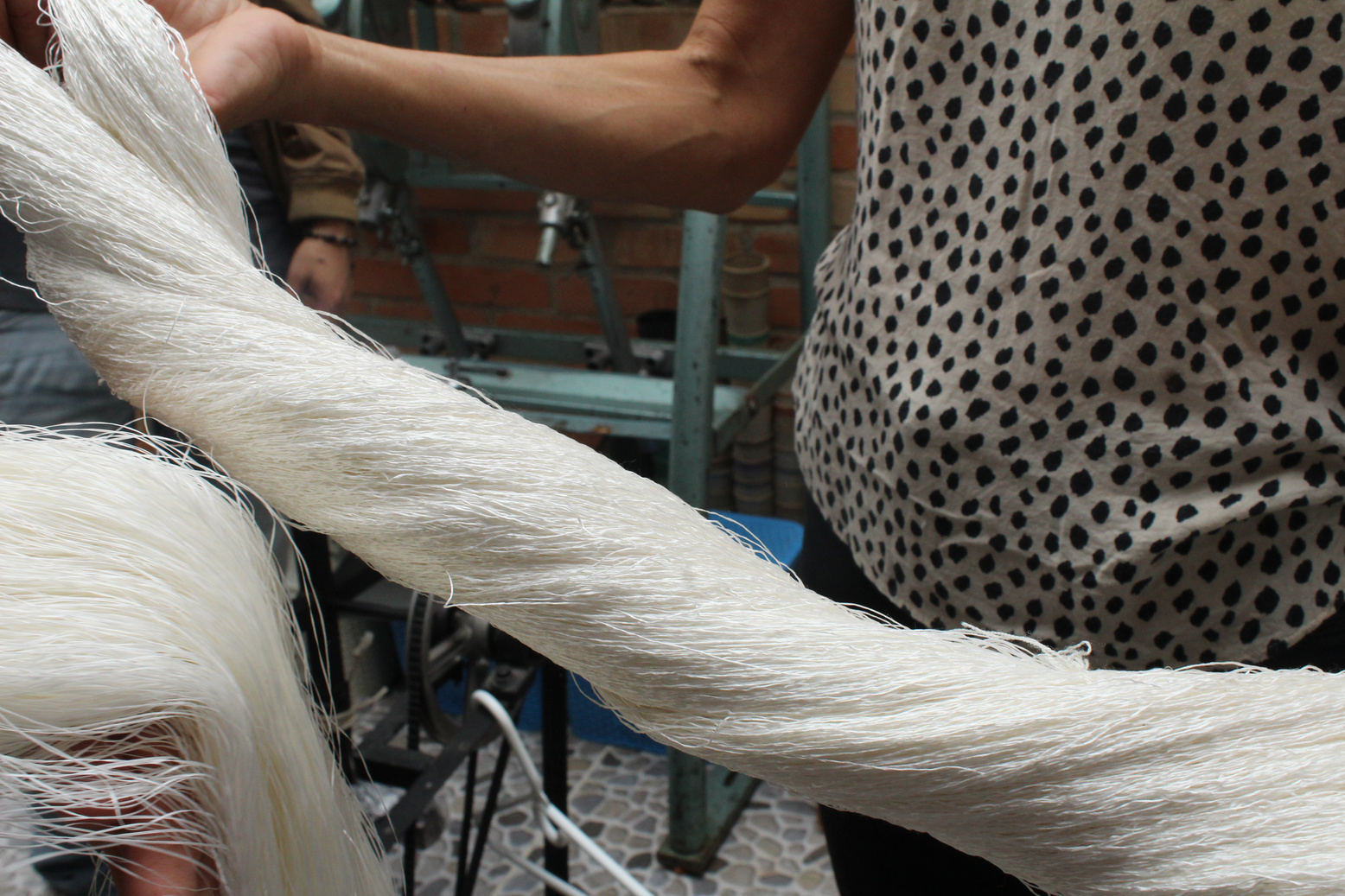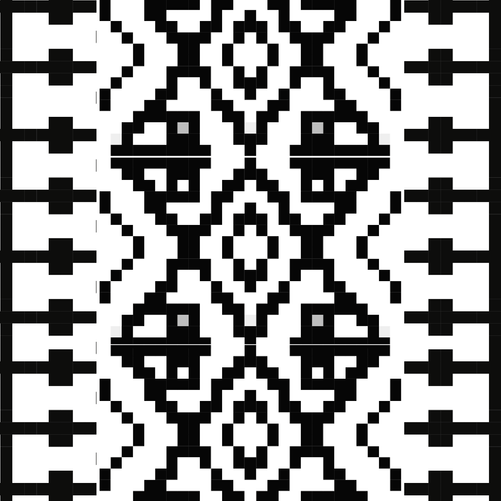
ARTILOOM - Ai Tool
Johan Ceballos Bohorquez
Mateo Montes Parra
Anny Guerrero Chapal
Group 7
Universidad Nacional de Colombia
Sede Palmira

Artiloom - Ai Tool
A tool that improves the creative process of silk and wool artisans through the integration of their ancestral knowledge with artificial intelligence innovation.
Write
co-Create
be inspired
Problem
Sometimes wool artisans create unique textures from their intuition and feelings of the moment.
Often, they do not have a clear idea of what the visual
pattern of the final result will look like
What if?
What if we used their ancestral patterns and combined them with innovative technologies to provide wool artisans with weaving diagrams based on words (sensations, feelings and places)?
Solution
Digital product that, based on a semantic library and artificial intelligence, supports the wool artisan by offering him proposed weaving and texture diagrams to support his initial inspiration and creation process, in order to materialize his designs more efficiently.

How it works?
Artisan expresses
sensations, places, words
Artisan choose the matrix according to the ancestral technique
This translates into a weaving diagram texture
Texture diagram is delivered to the artisan
Data is delivered to
the tool
Ai intersects the words and relates them to the semantic library
Semantic
library
We collected ancestral patterns from the Nasa and Misak communities and transformed them into weaving diagrams to establish a meaningful connection between the patterns (signifiers) and the corresponding words (signifieds).
The ultimate goal is to create a complete library to serve as training data for artificial intelligence.
Word: Signified
Pattern: Signifier


Words relationship
Artificial intelligence relates concepts based on the closeness of words, which means that it is not essential to have a predefined pattern such as "sun". Instead, AI can interpret and connect patterns such as "star" and "space," for example.
Montaña + Plantas
(Mountain + Plants)
Iterations
Through the concept integration of the semantic library
Artisan chooses
The artisan, among all the iterations, chooses the one he liked the most between the two words he wrote for inspiration and so obtains an approximation of its texture

Texture result
collects plant elements such as stem and leaves, parts of "Harmonization" and "Coffee cultivation".

Texture application
Representation of one of the texture modules we have generated and applied to a product.
Our solution allows the artisan's creativity to be enhanced by allowing him to control the parameters and thus begin to explore other product possibilities.

Benefits
How the artisan benefits by using the tool
Before
After
Ancestral technique used
X
X
Visual approximation of the pattern
X
Unlimited library of patterns
X
Weaving diagram
X
Timeline.
We're here!
Initial Research
Project Proposal
1st presentation
Semantic Library
Hugginface

Texture simulation
v1.0
Integration
Open source tool
Beta Version
- Field trip
- Cultural Research
- Tech Exploration
- Insights
- What if?
- Concept idea
- Feedback
- Iteration
- Matching patterns to words
- Library creation
- Meet Hugginface community
- Search for open source AI projects
- Use Open Source existing project (kohbanye/pixel-art-style Stable Diffusion Ai)
- Ai Training with our Semantic Library
We still have to generate the connection with the Open Source project taken from the Hugginface community and through a Google Colab notebook, to train the artificial intelligence with our semantic library to generate the new weaving diagrams.
Artiloom-AI